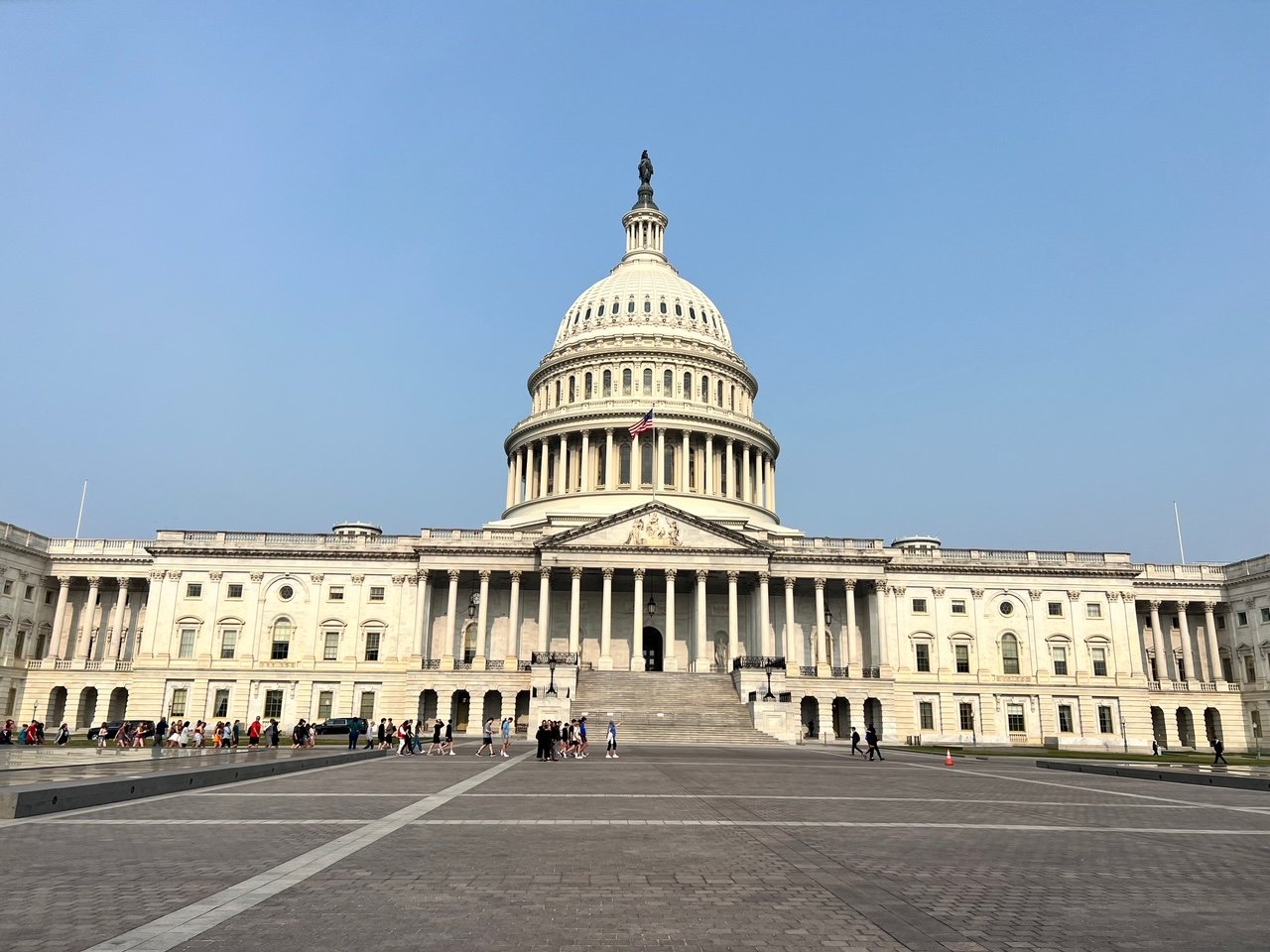On July 24, Treasury and the Internal Revenue Service (IRS) released a final regulation on calculating minimum required distributions (MRDs) under the rules in SECURE 1.0. The regulation also contains guidance that is subject to notice and comment on SECURE 2.0 MRD rules.
Generally, the new final regulation tracks the rules as proposed in 2022. The regulation addresses the key changes to MRD rules enacted in SECURE 1.0 and SECURE 2.0. They are the age at which MRDs are required, and the newly-enacted need to pay out post-death retirement plan funds to beneficiaries within ten years of the plan participant’s death. The dates by which MRDs are required vary by year—they start at 70 ½ and are applicable for some at ages 72, some at 73, and some at 75. The trigger date depends on the retirement plan participant’s birthdate.
The regulations provide guidance on the elimination of what is colloquially known as “the stretch IRA rules.” (However, they apply to all defined contribution (DC) retirement plan distributions, not just IRAs.) Under those rules, post-death payments can no longer be made over the lifetime of the beneficiary. Rather, such payments from all DC plans must be paid out within ten years (unless the beneficiary is a spouse, a minor child, or a disabled or chronically ill individual or is not more than ten years younger than the participant).
The regulation, RIN 1545-BP82, which is effective as of September 17, 2024, is posted at https://www.federalregister.gov/documents/2024/07/19/2024-14542/required-minimum-distributions.
Prospects: The final regulation specifies that comments can be submitted on the MRD changes made by SECURE 2.0.
NAIFA Staff Contact: Jayne Fitzgerald – Director – Government Relations, at jfitzgerald@naifa.org.






.png?width=600&height=90&name=Support%20IFAPAC%20%20(600%20%C3%97%2090%20px).png)
